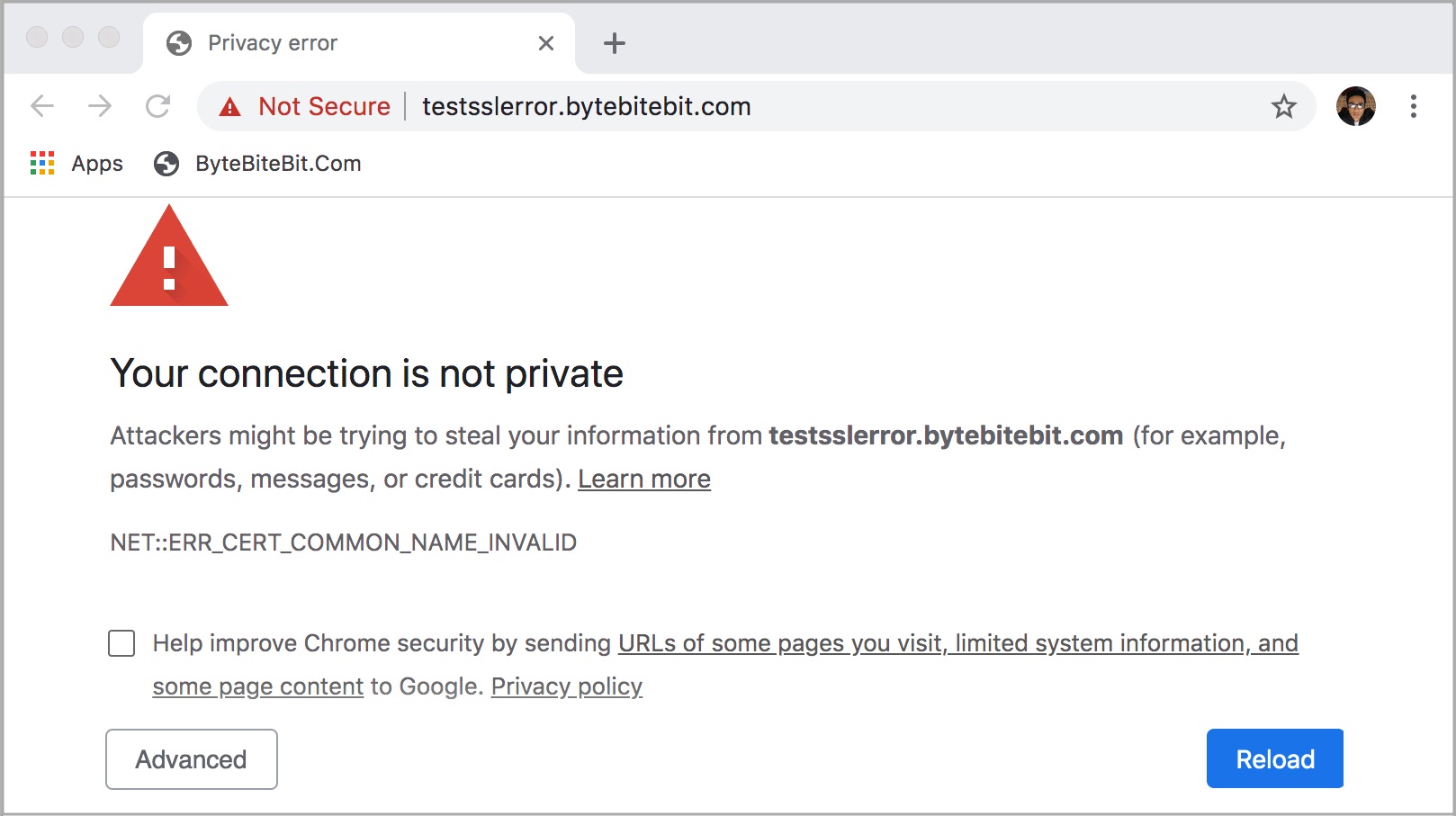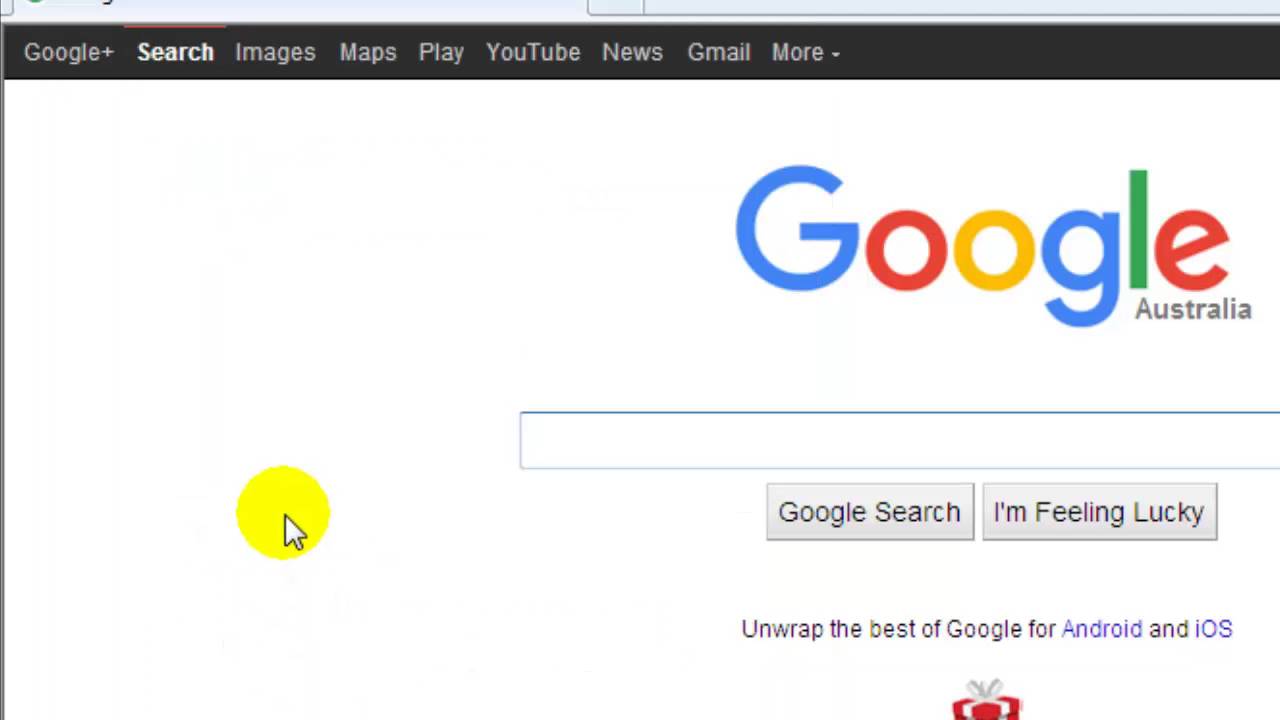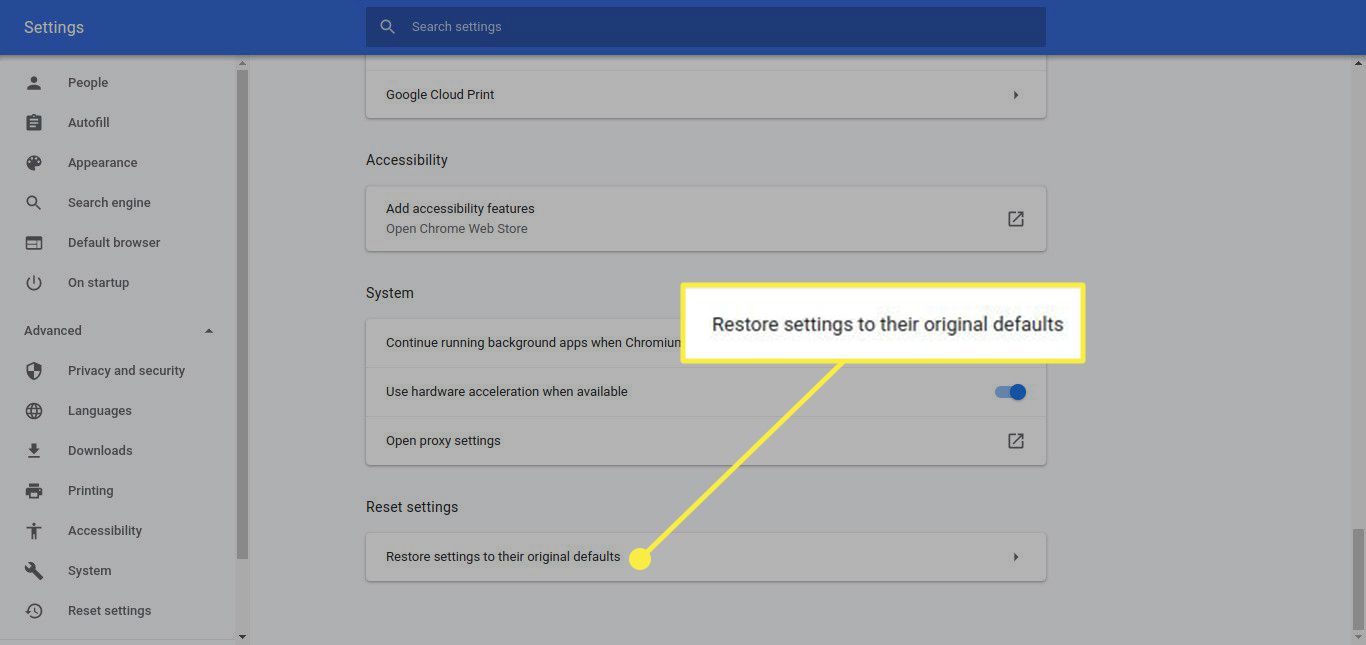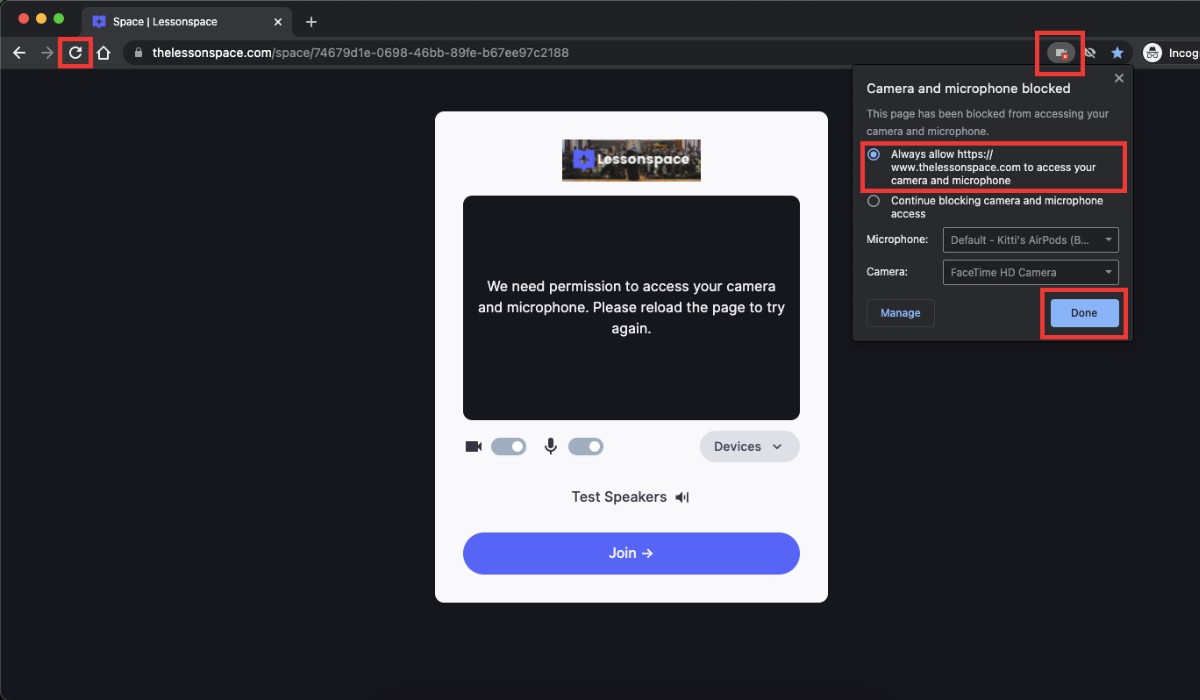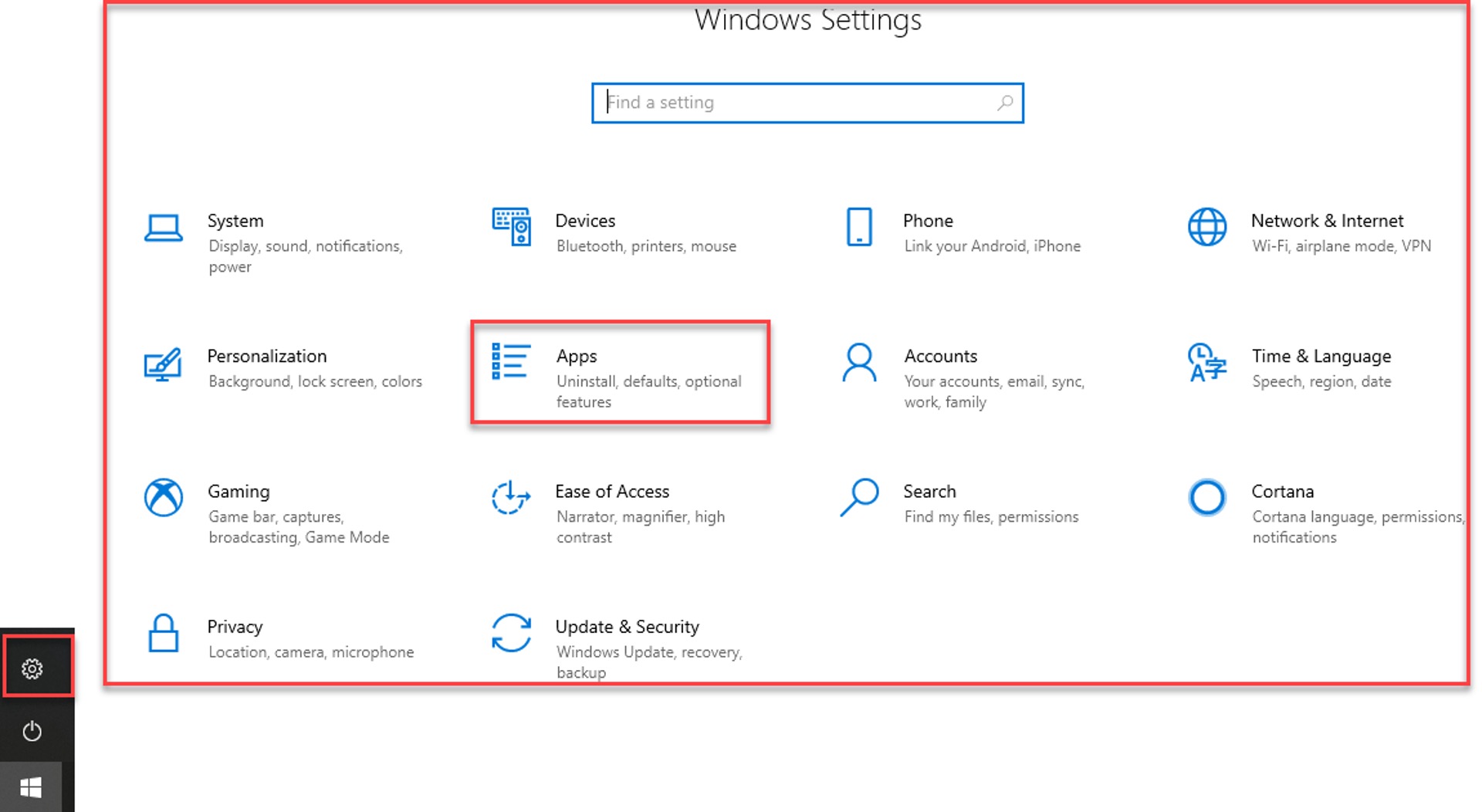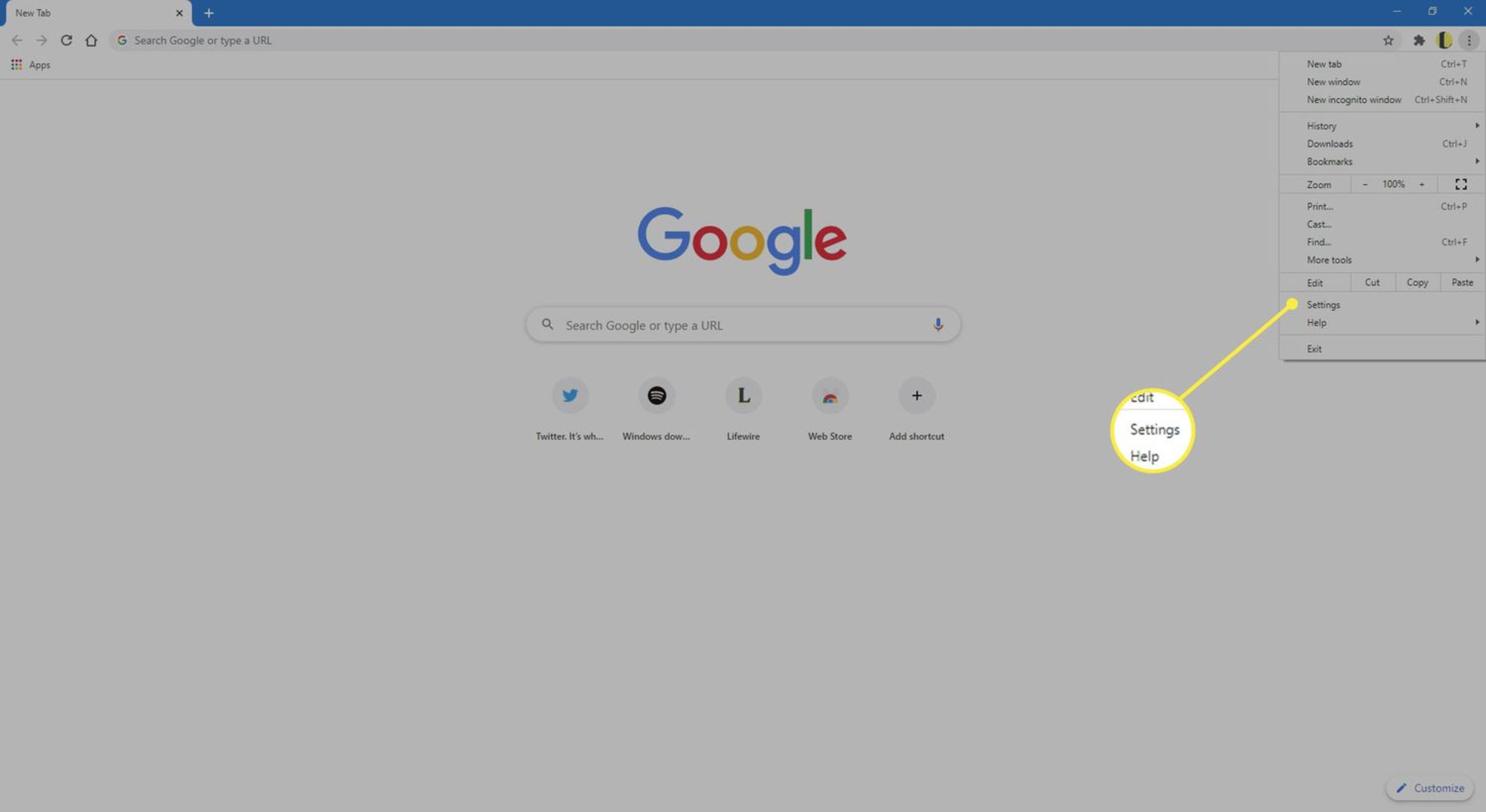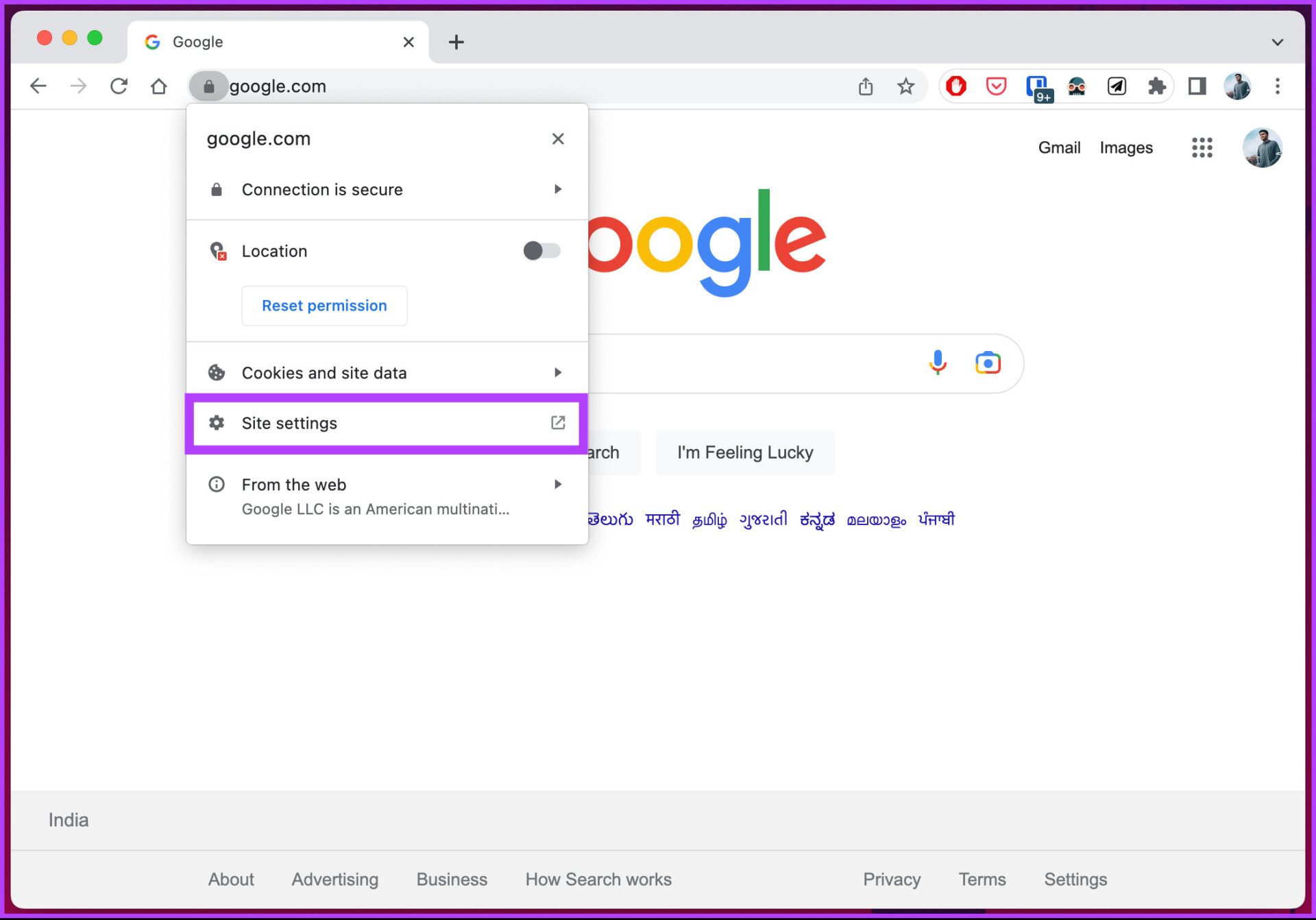Introduction
In today's digital age, web browsers have become an indispensable part of our daily lives, serving as gateways to the vast realm of the internet. Google Chrome, one of the most popular web browsers, is renowned for its user-friendly interface, robust features, and seamless browsing experience. However, users often encounter the "Not Secure" warning when visiting certain websites, which may raise concerns about the safety and privacy of their online activities.
Understanding the implications of this warning and knowing how to navigate through it can significantly enhance the browsing experience. This article aims to provide a comprehensive guide on allowing not secure sites in Chrome, empowering users to make informed decisions about their online interactions.
By delving into the intricacies of not secure sites and elucidating the steps to enable access to them in Chrome, this guide will equip users with the knowledge and confidence to navigate the digital landscape with ease. Let's embark on this enlightening journey to unravel the mysteries of not secure sites and harness the full potential of the Chrome browser.
Understanding Not Secure Sites
When browsing the internet, you may have encountered the "Not Secure" label prominently displayed in the address bar of your web browser, particularly when visiting certain websites. This warning serves as a cautionary signal, alerting users to potential security risks associated with the website they are accessing. But what exactly does it mean for a site to be labeled as "Not Secure"?
In essence, the "Not Secure" warning indicates that the website you are visiting does not have a valid SSL certificate or that the certificate is not properly configured. SSL (Secure Sockets Layer) is a standard security protocol that establishes an encrypted link between a web server and a browser, ensuring that all data transmitted between the two remains private and integral. When a website lacks this crucial layer of encryption, it becomes susceptible to various security vulnerabilities, potentially exposing sensitive information to unauthorized parties.
Furthermore, the absence of SSL encryption can compromise the integrity of data exchanged between the user's device and the website, making it susceptible to interception or tampering by malicious entities. This poses a significant risk, especially when sensitive information such as login credentials, personal details, or financial data is involved.
It's important to note that the "Not Secure" warning does not necessarily imply that the website is malicious or fraudulent. Instead, it serves as a cautionary indication of the potential security risks associated with interacting with the site. This distinction is crucial, as it empowers users to make informed decisions about their online activities while fostering a deeper understanding of internet security best practices.
By gaining a clear understanding of the implications of the "Not Secure" warning, users can proactively assess the risks associated with accessing such sites and take appropriate measures to safeguard their online interactions. This knowledge forms the foundation for making informed decisions about website security and navigating the digital landscape with confidence and awareness.
Steps to Allow Not Secure Sites in Chrome
-
Accessing Chrome Settings: To begin, open Google Chrome on your computer. Click on the three-dot menu icon located in the top-right corner of the browser window. From the dropdown menu, select "Settings" to access the browser's configuration options.
-
Navigating to Site Settings: Within the Settings menu, scroll down and click on "Privacy and security" in the left-hand sidebar. Then, select "Site settings" to access a range of site-specific controls and permissions.
-
Managing Insecure Content: Under the "Site settings" section, locate and click on "Insecure content." This option allows you to manage how Chrome handles insecure content on websites. By default, Chrome blocks certain types of insecure content to protect users from potential security threats.
-
Allowing Insecure Content: Within the "Insecure content" settings, you can choose to allow specific websites to load insecure content. Click on the "Add" button next to the "Allow" section and enter the URL of the website for which you wish to permit insecure content loading.
-
Confirming the Changes: After adding the website to the list of allowed sites, click "Add" to confirm the changes. This action instructs Chrome to permit the specified website to load insecure content, effectively bypassing the default security restrictions for that particular site.
-
Verification and Testing: Once the changes are saved, navigate to the website for which you have allowed insecure content. Refresh the page to initiate the loading of previously blocked content. You should now be able to access the site without encountering the "Not Secure" warning in Chrome.
-
Exercising Caution: While allowing not secure sites in Chrome grants access to specific content, it is essential to exercise caution when interacting with such websites. Be mindful of the potential security risks associated with insecure content and consider the nature of the site and the information you intend to access.
By following these straightforward steps, you can effectively allow not secure sites in Chrome, granting you the flexibility to access specific websites without being hindered by the default security measures. It's important to approach this capability with a discerning mindset, prioritizing security and vigilance while navigating the digital landscape.
Conclusion
In conclusion, the ability to allow not secure sites in Chrome provides users with a degree of flexibility in accessing specific websites that may not have implemented SSL encryption or have encountered issues with their SSL certificates. By understanding the implications of the "Not Secure" warning and familiarizing themselves with the steps to enable access to such sites, users can navigate the digital landscape with informed decision-making and enhanced control over their browsing experience.
It's important to emphasize that while the option to allow not secure sites in Chrome offers a workaround for accessing specific content, users should exercise caution and discretion when interacting with such websites. The "Not Secure" warning serves as a crucial indicator of potential security risks, and users should carefully evaluate the necessity and implications of accessing content from sites labeled as not secure.
Furthermore, the decision to allow not secure sites should be approached with a keen awareness of the sensitivity of the information being exchanged. When dealing with personal data, financial transactions, or sensitive communications, prioritizing security and seeking alternative, secure sources for the desired content is paramount.
By empowering users with the knowledge and capability to manage site-specific security settings, Chrome fosters a user-centric approach to browsing, allowing individuals to tailor their browsing experience while maintaining a vigilant stance towards online security.
In essence, the ability to allow not secure sites in Chrome represents a balance between user autonomy and security consciousness. It enables users to make informed choices about their online interactions while reinforcing the importance of implementing robust security measures across the digital ecosystem.
As technology continues to evolve, it is imperative for users to stay informed about best practices for online security and privacy. By staying abreast of the latest developments and leveraging the tools and features offered by modern web browsers, users can navigate the digital landscape with confidence, resilience, and a proactive approach to safeguarding their online experiences.







